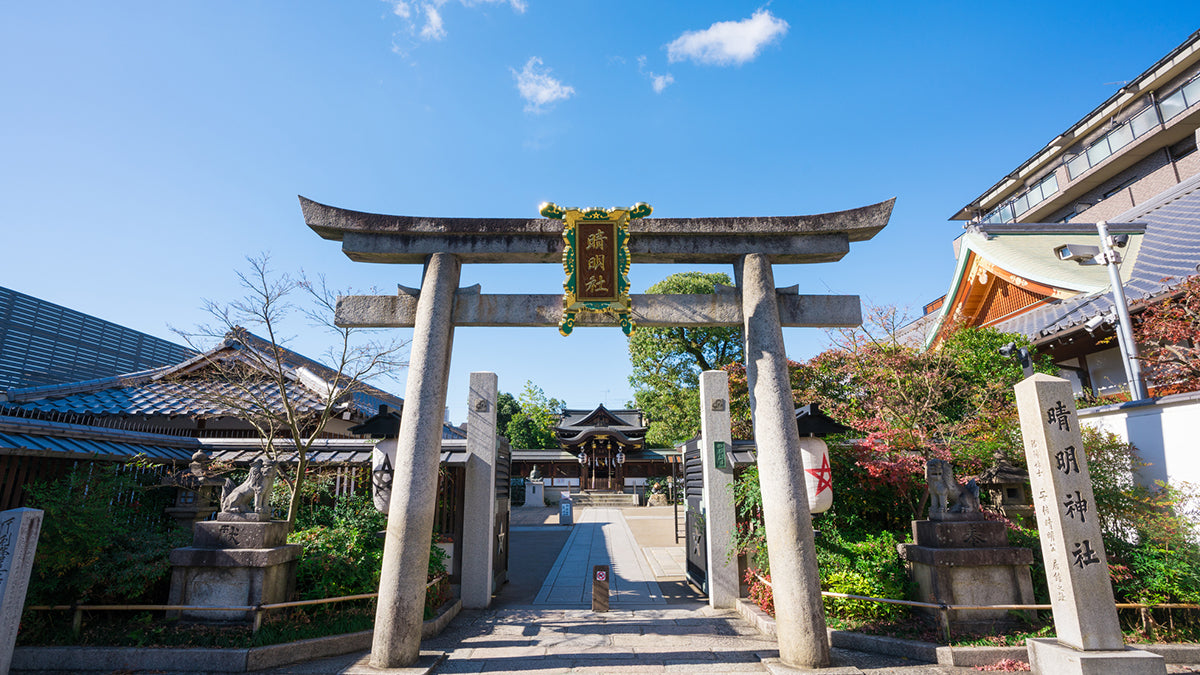

Radiant Ceramics From an Exceptional Workshop
Kyoto-Kinki

Area
The Cradle of Japanese Culture
Kyoto needs little introduction to those familiar with Japanese history and culture; it is a by-word for elegance and refinement. For 1500 years, it was the country's capital and has remained the epitome of Japanese artistic and architectural achievement. To wander its ancient streets and visit its myriad shrines and temples is to experience living history.
Kyoto is also justly renowned for its traditional produce and the city's myriad crafts and ateliers are, in many cases, without parallel. Among Kyoto's many artisanal treasures are the various types of Kyo Ware glazed ceramics, often characterized by vividly pigmented patterns. The particular style made in and around the Kiyomizu district - in the shadow of the astounding temple of the same name - is especially renowned and has been crafted in the area for over five hundred years.

History
A Century of Knowledge and Skill
Among the most acclaimed modern exponents of Kiyomizu and Kyo Ware is Touan. From the company's foundation in 1922 and through four generations of the Dobuchi family, Touan has created and innovated a unique collection of peerless ceramics. Indeed, the company's founder Dobuchi Toshio was a renowned maker of fine ceramic tiles, whose tiles adorn the iconic Tokyo National Museum.
Each generation has taken Touan forward - from Dobuchi Chikayoshi's skills as a sculptor, through Yoshihide's years learning new techniques in Germany, and finally to the current head, Yoshiaki, and his brand new collection of flower crystal ceramics.
The history of Touan is a constant striving for new techniques, adaptations and innovations, all with the aim of making uniquely elegant, vivid Kyomizu Ware. This experimentation has been a labor of love for over three decades. However, the ultimate success of this approach is evident in the arresting beauty and unparalleled quality of Touan's pieces.

Characteristic
Beauty Through Innovation
At the heart of what makes Touan's ceramics distinctive is a reversal of the glazing process usually employed in Kyo Ware. Typically, the glaze is added to fired pottery and then returned to the kiln at a lower temperature. However, Touan chooses to paint directly onto the clay and fire at a very high temperature.
This technique results in not only a particularly sturdy final ceramic, but also a glass-like, burnished luster. Such high temperatures can reduce the vividness of the paint, but Touan has carefully selected and combined pigments that can withstand this heat, leaving a final piece that has exceptional clarity and expressiveness.
Yet another innovation at Touan has been the creation of the Hana-Kesshou (Flower Crystal) collection by the current head, Yoshiaki. The unique glaze used in these pieces crystalizes as the ceramic is heated and cools, leaving a pattern reminiscent of flower petals. It is easy to see why Hana-Kesshou has quickly become Touan's most popular collection.

For Customers
Captivating Aesthetics for Everyday Use
The brilliance of Touan's pieces derives primarily from the time-honed skills of the
workshop's ceramicists. But it also comes from the company's entirely distinctive technical innovations that enhance the traditional radiance of the Kiyomizu Ware. Moreover, the flower crystal technique employed to make the ceramics means that the blossom-like pattern on each piece is unique.
Each ceramic has a bold, yet elegant aesthetic that would complement any dining table or cabinet. And, while Touan's plates, bowls and cups are, no doubt, visually stunning, these are not mere display pieces; they are very much intended to be used in daily life, thanks to the robustness of the ceramic. Indeed, one of the most popular features of their pieces is that they are both microwave and dishwasher safe.




























































